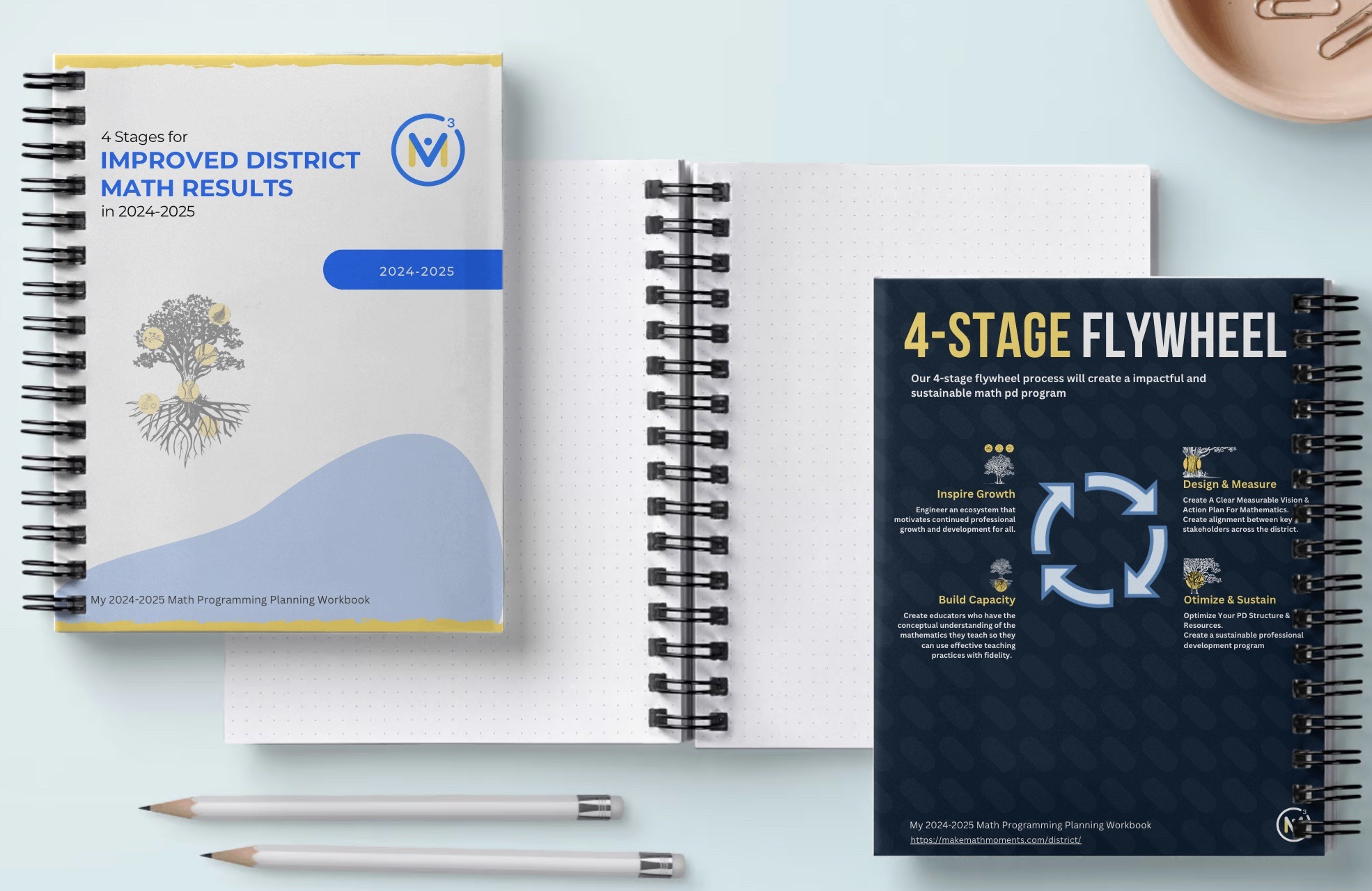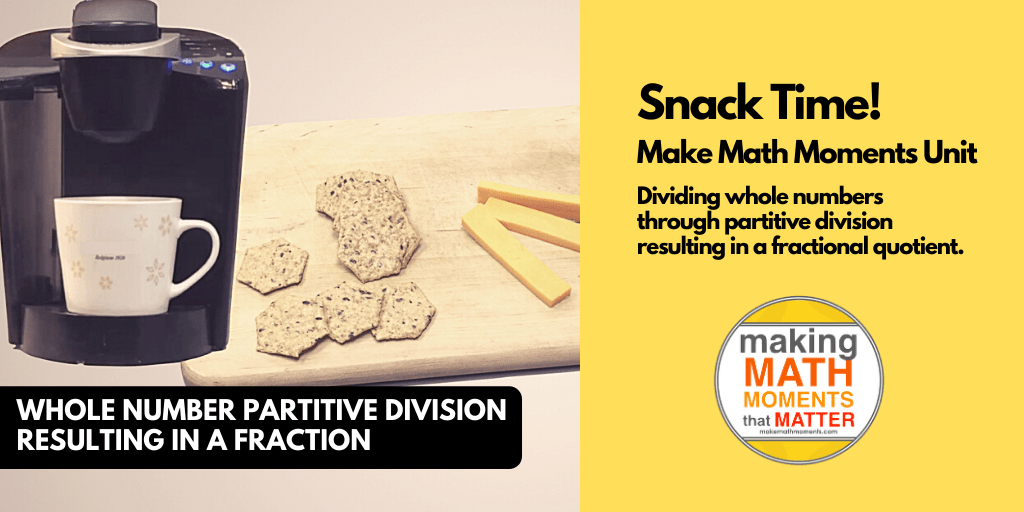Your Priorities In Your Math PD Program May Need Shifting
I recently had a revealing conversation with one of our district partners—a math coordinator and coach who plays a crucial role in shaping math programming. This discussion brought to light a significant issue we all need to reflect on: sometimes, our priorities are backwards.
The coordinator observed that their senior leadership team had their priorities misaligned. This prompted me to think about how we set our priorities in education. It also reminded me of a recent trip my family took to Italy for a wedding, where I noticed some stark cultural differences.
In Italy, the culture, food, and especially the work-life balance felt different from what we experience in North America. Europeans often prioritize their leisure life over their work. For instance, when I asked a local couple what they do, the man talked about cooking, cycling, and vacationing instead of his job. This was a clear shift from how we identify ourselves in North America, where work often defines us.
Relating this back to education, the conversation with the district math coordinator highlighted that when discussing math programming, we often focus on resources and structures rather than the actual goals and outcomes. It’s akin to living to work instead of working to live. The primary focus should be on what we want our students to achieve and experience, which then dictates the tools and resources we use.
We need to start with student outcomes and our vision for mathematics. This vision should serve as the filter for every decision, whether it’s about resources, tools, structures, or professional development. The goals and desired outcomes should drive our decisions, not the other way around.
It’s essential to ask ourselves what outcomes we want for our students and let that guide our use of resources and structures. For example, we should not start with the curriculum we are using but rather with the goals we are aiming to achieve and how our resources can support those goals.
The framework from the Make Math Moments District Improvement Program, adapted from the work of Maggie Maha and Jenny Bay-Williams, emphasizes focusing on student mathematical practices, shifts in classroom practice, and mathematical proficiencies. These components support student outcomes and should guide our decisions about tools and resources.
It’s a mindset shift from living to work to working to live. We should prioritize outcomes like discourse, reasoning, proof, conceptual understanding, and procedural fluency in our math classrooms. We need to change our language to reflect these priorities and ensure our strategies and tools support these goals.
Take a moment to evaluate your program. Are you using the right language and thinking about it in the right way? Start making those subtle shifts to prioritize student outcomes and establish a clear vision for mathematics.
By realigning our priorities to focus on student outcomes first, we can ensure that the tools and resources we choose are genuinely supportive of our educational goals. This shift will not only enhance our teaching practices but also significantly improve the learning experiences and achievements of our students.
Resources Related To The Video
-
Learn about the Make Math Moments District Improvement Program
-
Learn about the Curiosity Path by reading our 3-Part Framework
-
Visit Make Math Moments Problem Based Math Lessons page for other useful problem based units
-
Up your pedagogical and content knowledge game by joining our Make Math Moments Teacher Academy!
Want to Run Problem Based Lessons Without a Hitch In Your Classroom?
Focus Your Math Professional Development On What Matters
Free Training + Planning Workbook

LESSONS TO MAKE MATH MOMENTS
Each lesson consists of:
Each Make Math Moments Problem Based Lesson consists of a Teacher Guide to lead you step-by-step through the planning process to ensure your lesson runs without a hitch!
Each Teacher Guide consists of:
- Intentionality of the lesson;
- A step-by-step walk through of each phase of the lesson;
- Visuals, animations, and videos unpacking big ideas, strategies, and models we intend to emerge during the lesson;
- Sample student approaches to assist in anticipating what your students might do;
- Resources and downloads including Keynote, Powerpoint, Media Files, and Teacher Guide printable PDF; and,
- Much more!
Each Make Math Moments Problem Based Lesson begins with a story, visual, video, or other method to Spark Curiosity through context.
Students will often Notice and Wonder before making an estimate to draw them in and invest in the problem.
After student voice has been heard and acknowledged, we will set students off on a Productive Struggle via a prompt related to the Spark context.
These prompts are given each lesson with the following conditions:
- No calculators are to be used; and,
- Students are to focus on how they can convince their math community that their solution is valid.
Students are left to engage in a productive struggle as the facilitator circulates to observe and engage in conversation as a means of assessing formatively.
The facilitator is instructed through the Teacher Guide on what specific strategies and models could be used to make connections and consolidate the learning from the lesson.
Often times, animations and walk through videos are provided in the Teacher Guide to assist with planning and delivering the consolidation.
A review image, video, or animation is provided as a conclusion to the task from the lesson.
While this might feel like a natural ending to the context students have been exploring, it is just the beginning as we look to leverage this context via extensions and additional lessons to dig deeper.
At the end of each lesson, consolidation prompts and/or extensions are crafted for students to purposefully practice and demonstrate their current understanding.
Facilitators are encouraged to collect these consolidation prompts as a means to engage in the assessment process and inform next moves for instruction.
In multi-day units of study, Math Talks are crafted to help build on the thinking from the previous day and build towards the next step in the developmental progression of the concept(s) we are exploring.
Each Math Talk is constructed as a string of related problems that build with intentionality to emerge specific big ideas, strategies, and mathematical models.
Make Math Moments Problem Based Lessons and Day 1 Teacher Guides are openly available for you to leverage and use with your students without becoming a Make Math Moments Academy Member.
Use our OPEN ACCESS multi-day problem based units!
Make Math Moments Problem Based Lessons and Day 1 Teacher Guides are openly available for you to leverage and use with your students without becoming a Make Math Moments Academy Member.
Partitive Division Resulting in a Fraction
Equivalence and Algebraic Substitution
Represent Categorical Data & Explore Mean
Downloadable resources including blackline masters, handouts, printable Tips Sheets, slide shows, and media files do require a Make Math Moments Academy Membership.
Use our OPEN ACCESS multi-day problem based units!




